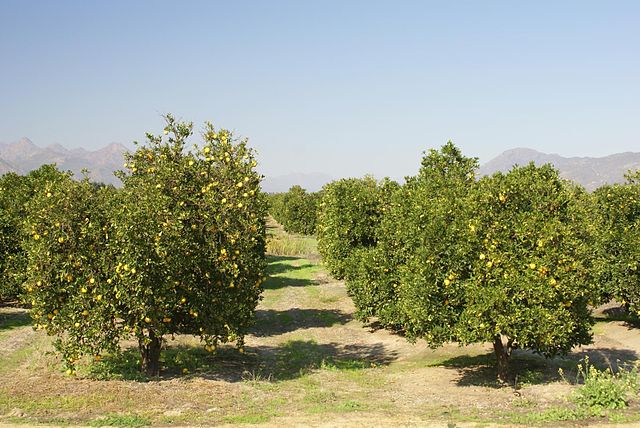Wet weather could slash the South Africa citrus export volume for the April-September 2024 season. This is according to an announcement by the Citrus Growers Association (CGA) on July 23, 2024.
This could mean a dent for yearly exports, which increased slightly in 2023 to 16.5 million 15-kg cartons.
Valencia and Navel oranges will see shipment volumes decrease by 11% and 19% respectively since the first estimate in April, 2024.
The new estimates, which CGA’s Chief Executive Justin Chadwick presented, mark the third consecutive downward revision since May 2024.
Navel Oranges
The season’s opening estimate for Navels was 25.7 million 15-kg cartons in April, which fell to 22 million in the May revision. July now marks the third estimate revision, at 21 million cartons.
Chadwick cites that this posts a “19%” reduction in the export size estimate. However, it could be final as the harvest of the navels for one, is almost over.
Valencia Oranges
Comparatively, the keynote Valencia orange variety still boasts several areas that are just beginning packing operations, such as Eastern and Western Cape.
For now, the export estimate for the Valencias is 51.6 million 15-kg cartons, an 11% decline from the initial estimate of 58 million. The penultimate estimate in May 2024, in its part, had downsized shipments to 56 million cartons.
South Africa’s citrus harvest, especially for oranges and grapefruit, starts in April and continues till September.
Weather Affects South Africa’s citrus
All this poor shipment show has links to wet weather, which is usually unpredictable during the southern hemisphere winter. Key production areas of Western Cape have had winter storms and floods while Eastern Cape has bulked under strong winds.
According to Stiaan Engelbrecht who heads South Africa’s Orange Focus Group, it is indeed drastic weather that has cut the forecast volumes.
Engelbrecht linked the freeze in the Senwes citrus belt as responsible for the shipment estimate cuts by 0.6 million cartons for navels.
The weather forces, however, could redeem the juicing sector which is currently enjoying a price high due to tight supplies.
So, there is a reprieve after all for processors and exporters alike who will reap high prices as the South Africa citrus export volumes fall. But as the data below shows, the local citrus sector has been performing excellently and 2024 may not be an exception.
South Africa Citrus Statistics
South Africa is among the top 10 world producers of citrus and the second biggest exporter of citrus after Spain. According to data by Cape Business News, citrus production accounts for 55% of the nationwide fruit output per year.
How big are South Africa’s citrus exports?
In recent years, South Africa’s citrus exports have remained relatively steady. In 2023, for example, the country exported 165.1 million 15-kg cartons, 1% more than it did in 2022. At the global level, South Africa ranks second after Spain with shipments worth $1.8 billion in 2022, per OEC statistics. Since 2012 when the export value was at $985 million, South Africa has always surpassed the $1-billion export value mark. The most recent export turnover high since then was in 2021 at $1.93 billion.
Which is the most popular citrus in South Africa?
According to per the U.S. Department of Agriculture (USDA), oranges command the highest consumption level among citrus in South Africa at 1.5 kg per person per year (2022-23 period). In terms of distribution, oranges account for 40% of the national area under citrus (in the 2021-22 period). Mandarins and tangerines follow with an area share of 24%, in the 2020-21 period. Lemons come third at 15% of the area distribution, then navels at 14% and grapefruit at 7% (2021-22 season).
Which region produces the most citrus?
According to Citrus Industry magazine’s visualization, Limpopo leads in citrus acreage at 41% of the national total. Following suit is Eastern Cape with 26% while Western Cape rounds up the top 3 with 20% of the total area.
